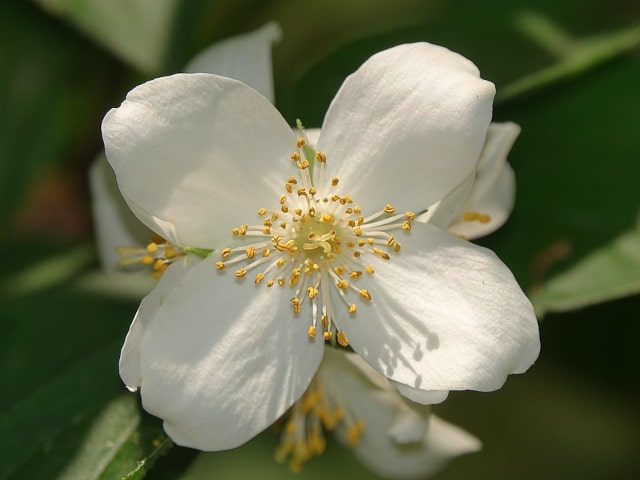
There are over 200 different species of Jasmine plants growing around the world. Jasmine is famous for its star-shaped flowers that are white in color, often with pink highlights. This plant is beautiful, but it also offers health benefits. The scent of Jasmine flower is soothing and can help calm your body. This is one of the main reasons why so many people choose to grow Jasmine flowers in their home.
It is important to note that tropical plants can be a bit demanding, but with a bit of care and enthusiasm, you can grow Jasmine flowers in your home. Many people choose to grow Jasmine plants indoors. This is a good choice because you can control the temperature and ensure that your plants are never cold. Jasmine can thrive in the home: if you take a good care of it, it can grow up to two feet per year. However, keep in mind that this is a tropical plant that requires plenty of sun. Placing it on a south-facing window is a good option. If you don't have a south-facing window, it is best to take your plant outside for a few hours per day during the summer months. This will provide it with plenty of sunshine that it needs to grow healthy and to produce those gorgeous flowers. Blooms will bud in the fall. Well circulated air in the winter is good for encouraging winter blooms to form, but make sure that it is not too cold. On the other hand, the circulated air shouldn't be too hot: if the air is hot, the plant won't bloom. But always make sure that it is not too cold: Jasmine plants can't survive in temperatures lower than 41 degree F.
Here are the main things that Jasmine plants require:
Soil Requirements
Jasmine plants can thrive in different types of soils, but it is important that the material drains well so your Jasmine never sits in water. A good mix to use is a blend of organic materials with a well-draining soil. A blend of porous material such as peat and bark works well in addition to well-draining soil.
Temperature Requirements
Keep in mind that Jasmine is a tropical plant, so it can grow well in hot and humid environments. On the other hand, it can't tolerate cold temperatures during the winter. These are important things to remember if you wish to grow Jasmine outdoors. To make your plants healthy, make sure to keep them on temperatures between 60 and 75 degrees F. This is particularly important during the blooming season. Once the blooming season is over, you can keep your plants in a cool room, but make sure that temperatures never go below 41 degree F.
Light Requirements
Jasmine plants thrive in bright sunlight, so make sure to provide it with plenty of sun. If you wish to keep your Jasmine flowers indoors, make sure that it receives bright sunlight for at least 4 hours per day. A good option is to put your plant in front of a south-facing window. The amount of sunlight can be lower during the winter months. This is when Jasmine plants don't require that much direct sunlight.
Water Requirements
Jasmine is a water-loving plant and it likes humidity. You need to provide your Jasmine plant plenty of water, particularly during blooming. Make sure that the soil is slightly moist at all times. You should water your Jasmine plants once per week but monitor the soil. If the soil becomes dry before that, make sure to water early.
Fertilizer Requirements
Jasmine plants can benefit from fertilizing. When choosing a fertilizer, make sure to use one that is rich in potassium and phosphorus. This kind of fertilizer is good for extending the blooming time of the plant. If you keep your Jasmine plants indoors, make sure to fertilize them at least twice per year. During the growing season in the spring and summer, you feed your plants liquid fertilizer every two to three weeks.
Winter Care Requirements
Jasmine flowers are not difficult to care for during the winter, but there are a few things to keep in mind. Cut back on the amount of water and fertilizer you provide. Also, the plant should receive less sunlight. It is best to place your Jasmine plant in a cooler room of your home, but make sure that temperatures don't go below 40 degrees F. As long as you follow these instructions, your Jasmine plant will be able to survive the winter in your home.
Pinching
Make sure to monitor your Jasmine plant for a new growth. When you begin to see it, make sure to start pinching the stems - this will promote growth. You should complete this task during the first two years of Jasmine plant's life. When pinching, make sure to limit yourself only to the top half inch of the stem.
Pruning
Pruning your Jasmine after the blooming has passed is beneficial for the plant. Wait until the blooming is completed for the season to prune. Make sure to remove all dead foliage as well as tangled stems. Inspect your plant carefully to notice any diseased areas. It is important to remove those areas to ensure that the disease doesn't spread. You can also prune unruly stems if you notice any, but this is not mandatory for the health of your plant.
Diseases and Pests
There are certain diseases that can endanger your Jasmine plant. Since these are tropical plants, some of the most common issues are blight and rust. These problems affect the leaves and they can manifest in many different ways. The leaves may wilt, or the problem can affect the coloration of the leaves. The problem can also pass to younger stems or cuttings taken from a mature plant. These are fungal issues, so the best remedy is to use some baking soda spray and allow plenty of air circulation around the plant. If the problem persist, you might have to clean the roots and the pot to ensure that the problem is gone.
When it comes to pests that attack Jasmine plants, common ones include aphids, whiteflies and mites. These insects can cause damage to the plant. However, you should also be aware of other pests, such as budworms, caterpillars and webworms. These can cause damages to the leaves as well as the stems. The best way to get rid of these pests on your Jasmine plant is to make a soapy solution. This solution should be applied to the leaves, both on top and on the underside of the leaves.
Photo credit: Rolf Dietrich Brecher
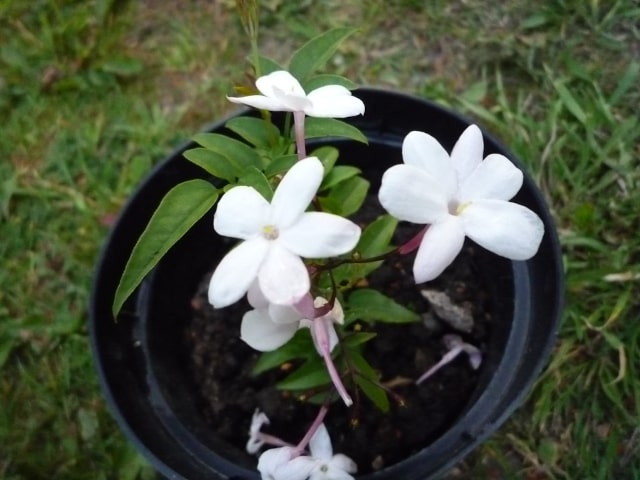
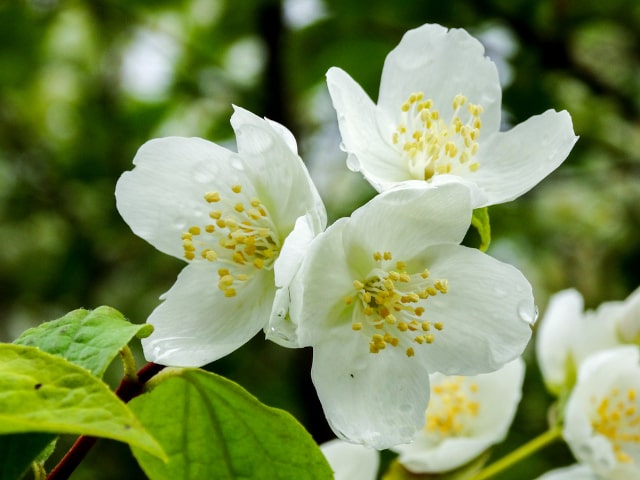
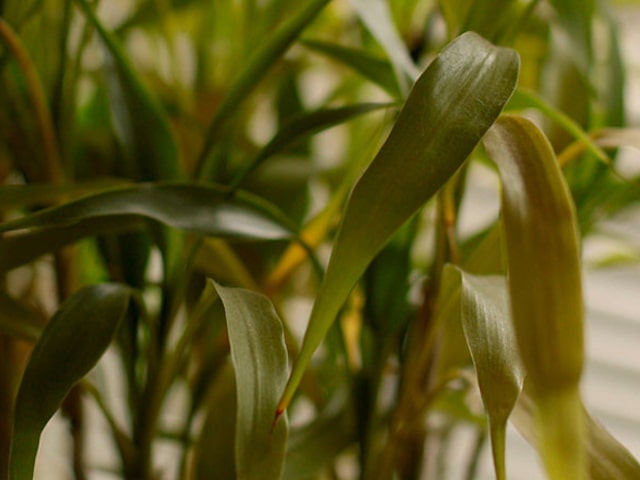
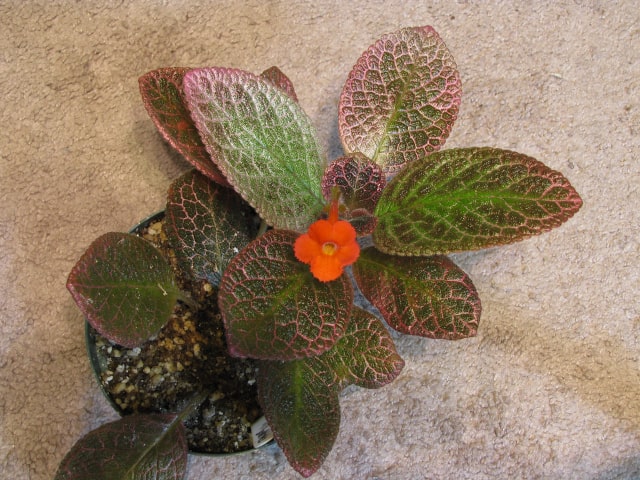
0 Comments